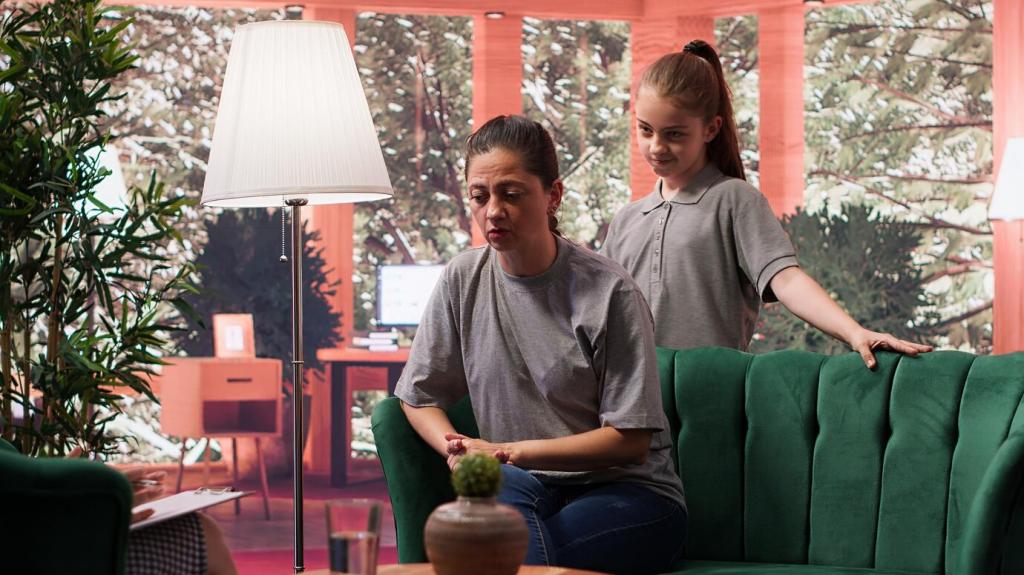
Budget-Friendly Eco Renovation Tips
Discover how to revamp your living space while keeping costs low and minimizing environmental impact. Eco-friendly renovations don’t have to strain your finances. With thoughtful planning and smart choices, you can create a healthy, sustainable home that aligns with your budget. This guide shares practical advice for choosing materials, making energy-efficient upgrades, and maximizing every dollar without compromising on environmental responsibility.
Previous
Next
Energy Efficiency on a Budget
Proper insulation is a cornerstone of efficiency, and fortunately, there are budget-friendly ways to improve it. Adding insulating wraps, sealing gaps with caulk, and installing weatherstripping around doors and windows are all inexpensive yet highly effective techniques. These minor interventions keep warm or cool air inside your home, reducing the burden on heating and cooling systems. Over time, these measures help maintain a comfortable living space and minimize energy waste, reflecting positively on both your wallet and the environment.

Water Conservation Techniques
Upgrading to low-flow faucets, showerheads, and toilets is a straightforward way to cut water use. These fixtures deliver the same or even better performance while limiting the amount of water consumed during daily activities. Many models are designed to be retrofitted onto existing plumbing, making installation simple and affordable. Over time, reduced water consumption translates directly to lower bills and resource preservation, making this a win-win renovation strategy with both financial and ecological rewards.
Incorporating rain barrels or simple rainwater catchment systems is a cost-effective way to irrigate gardens, wash vehicles, or even supply water for non-potable uses. These systems can be built or purchased at various price points to suit tight budgets and require minimal maintenance. Utilizing rainwater reduces demand on municipal supplies and can make a big impact in areas subject to drought or water restrictions. This sustainable practice gives you greater control over resource use and can easily be scaled according to your renovation goals.
Greywater, which is gently used water from sinks, showers, and washers, can be redirected for landscape irrigation with simple systems that are legal in many areas. DIY greywater kits or plumber-installed modifications can often be realized for a modest investment and yield significant water savings. By keeping more water on your property and out of the sewer system, you demonstrate a high level of environmental responsibility while helping reduce household costs. Researching local codes ensures your system is safe and compliant.
